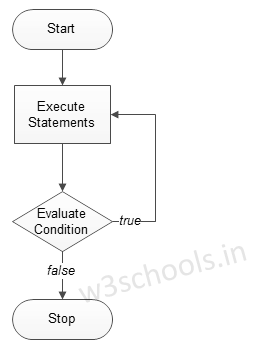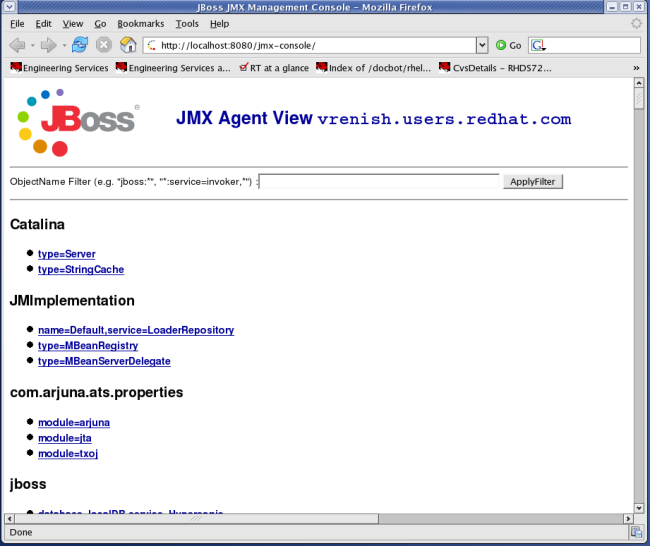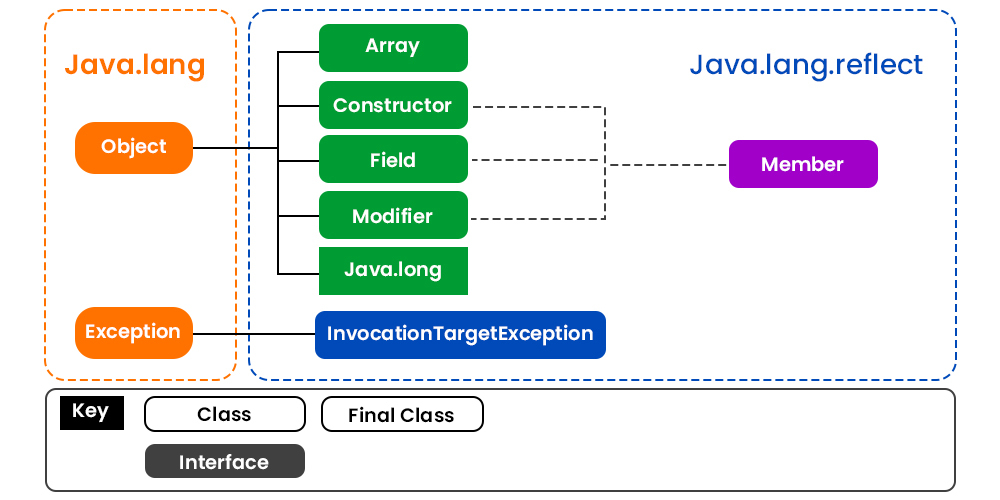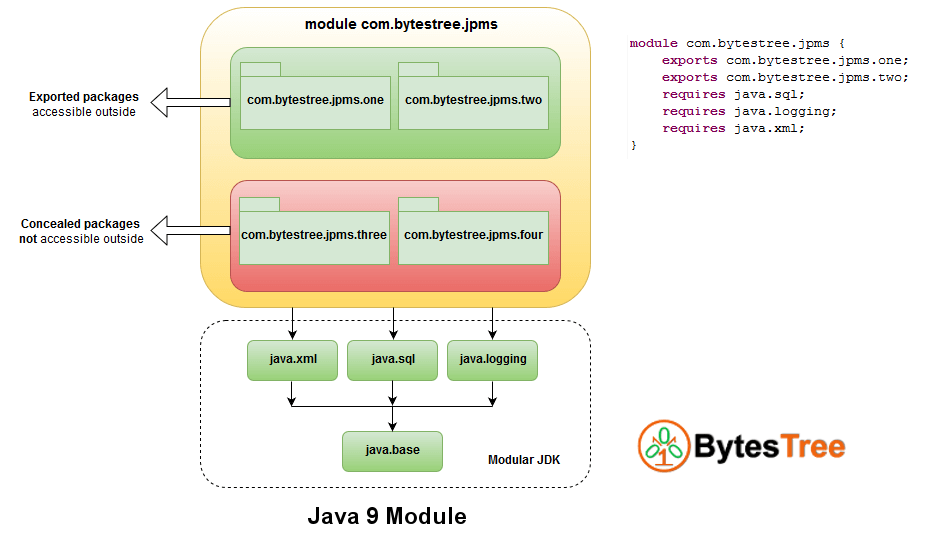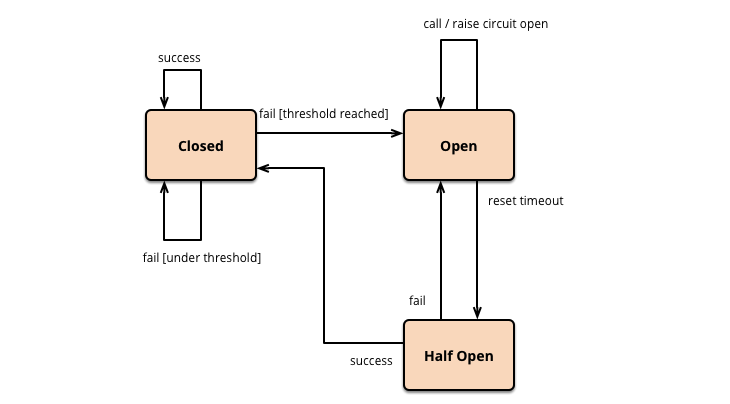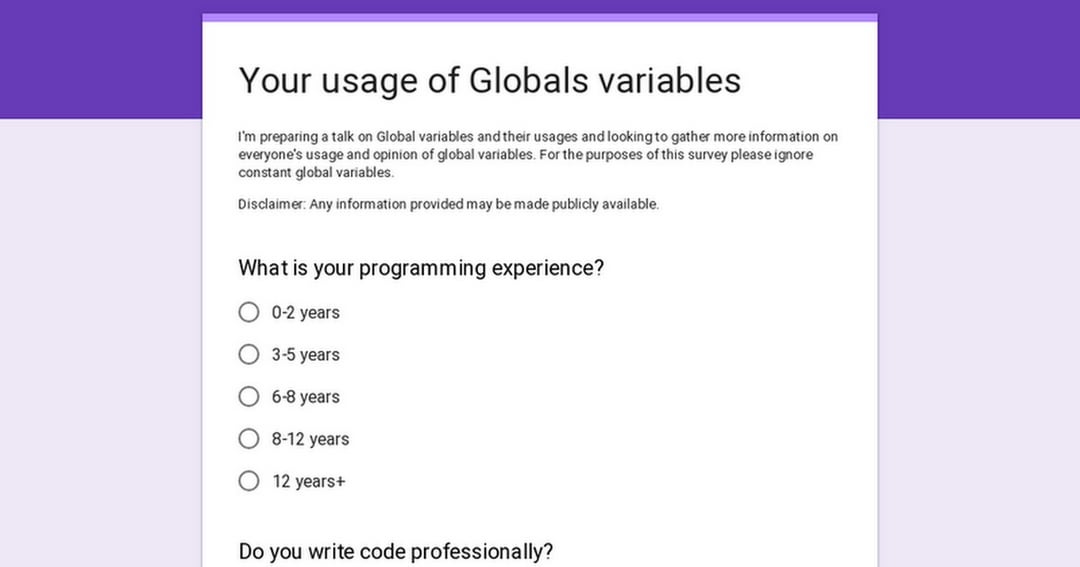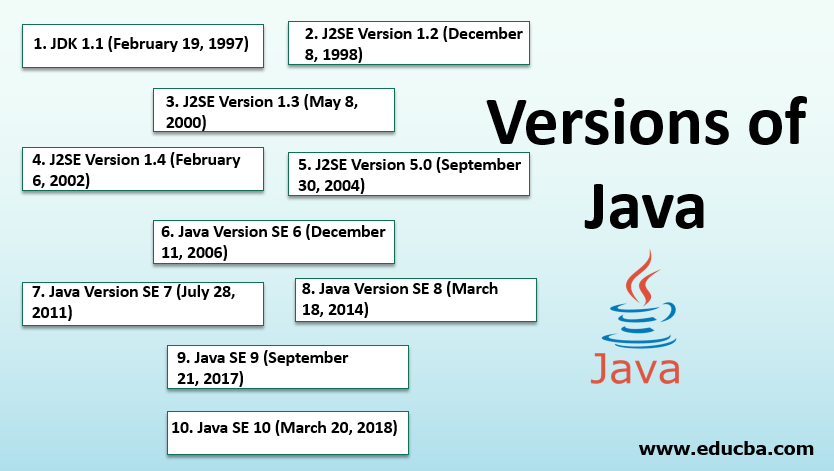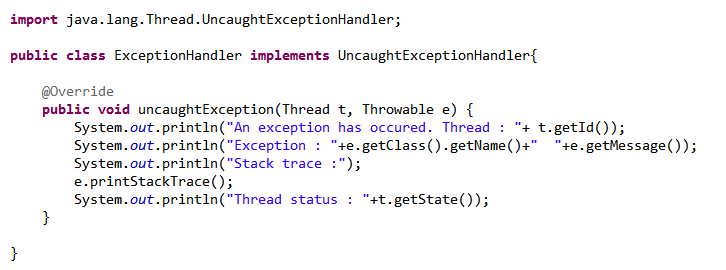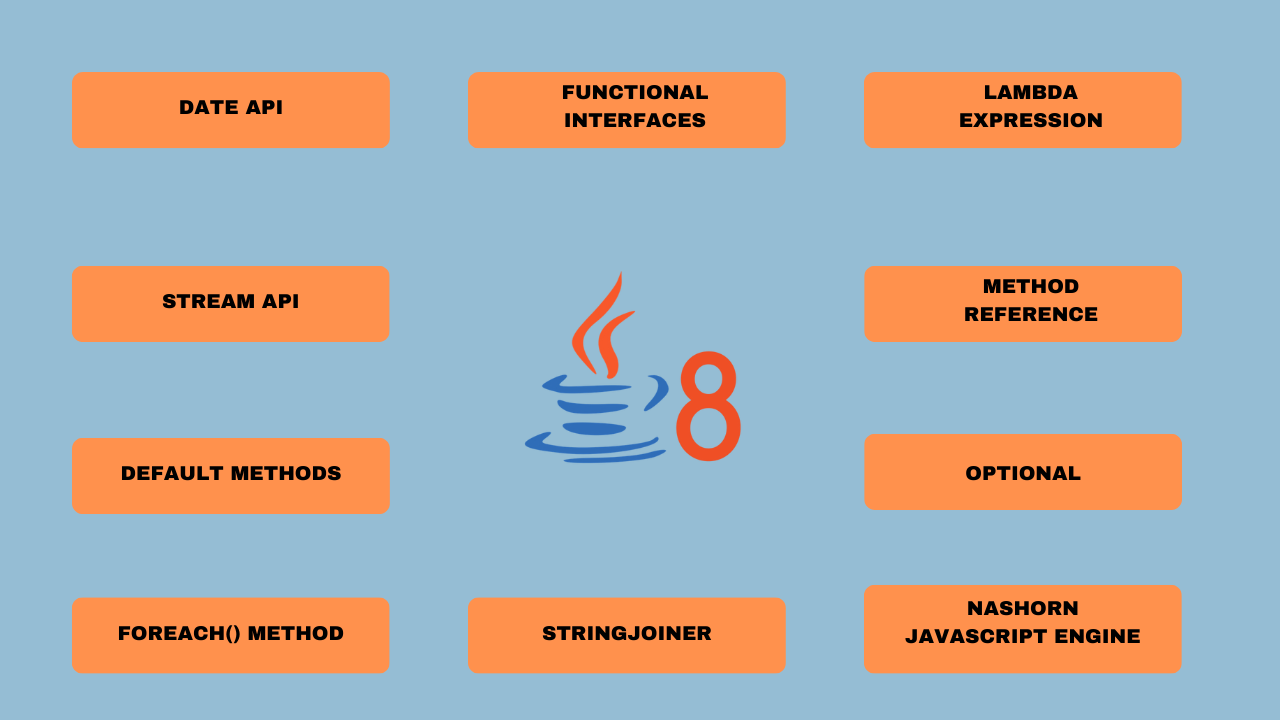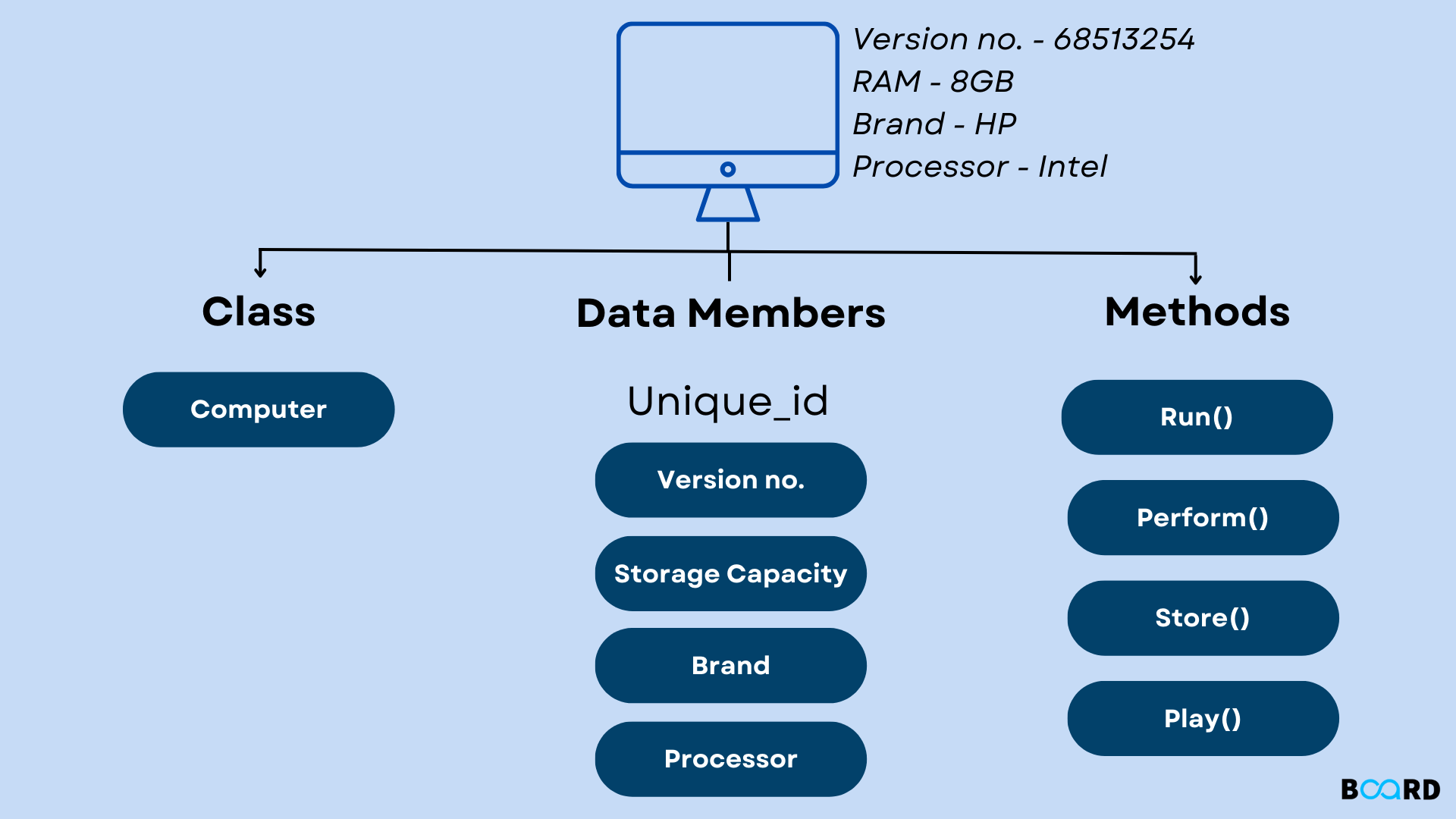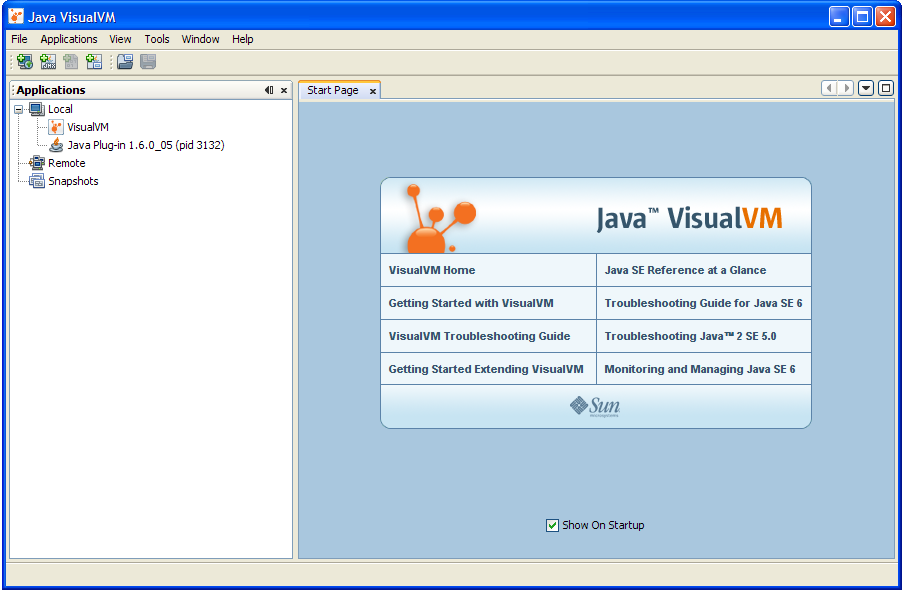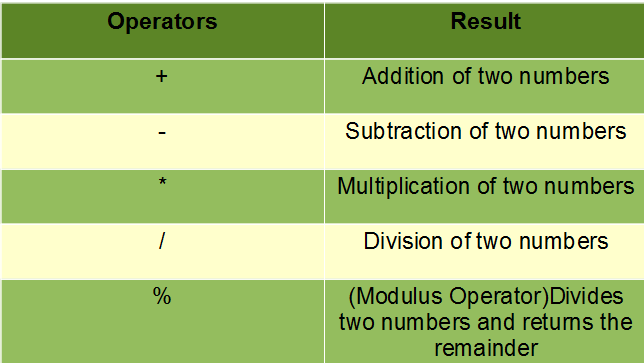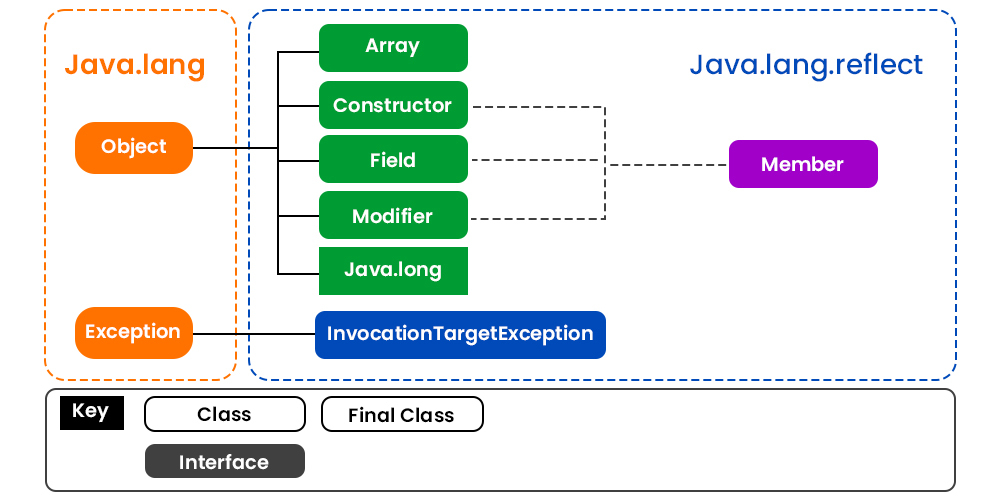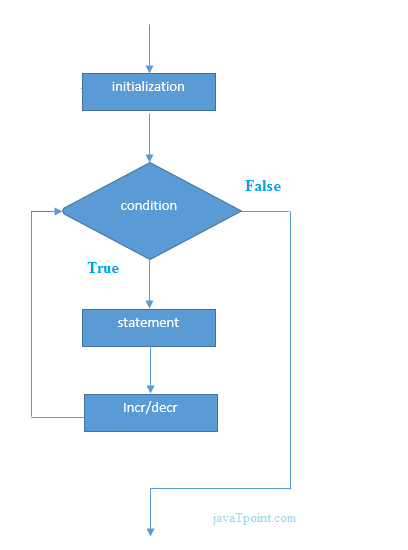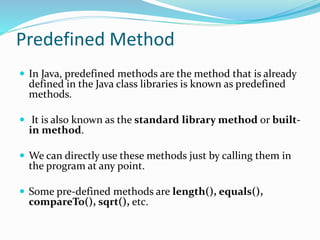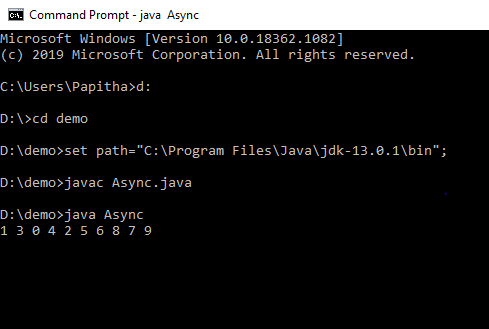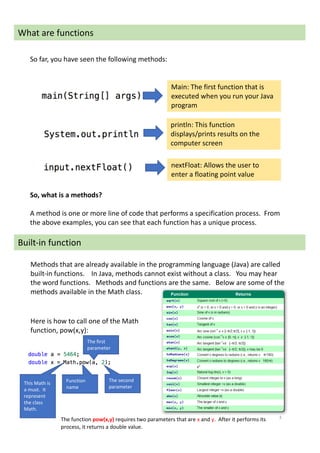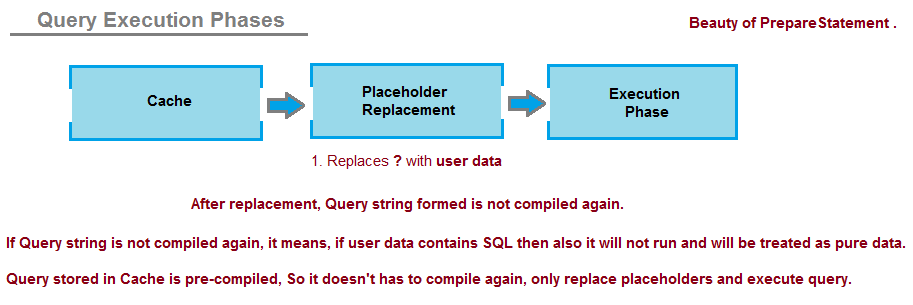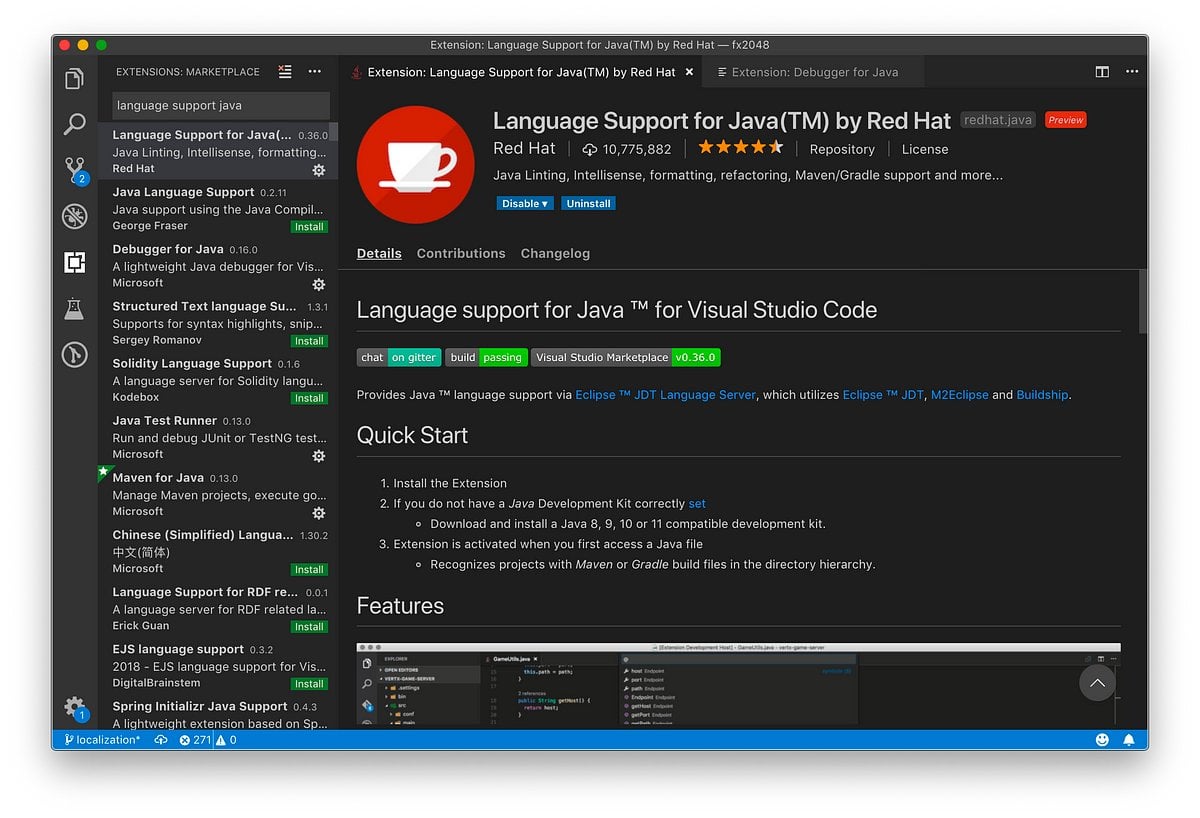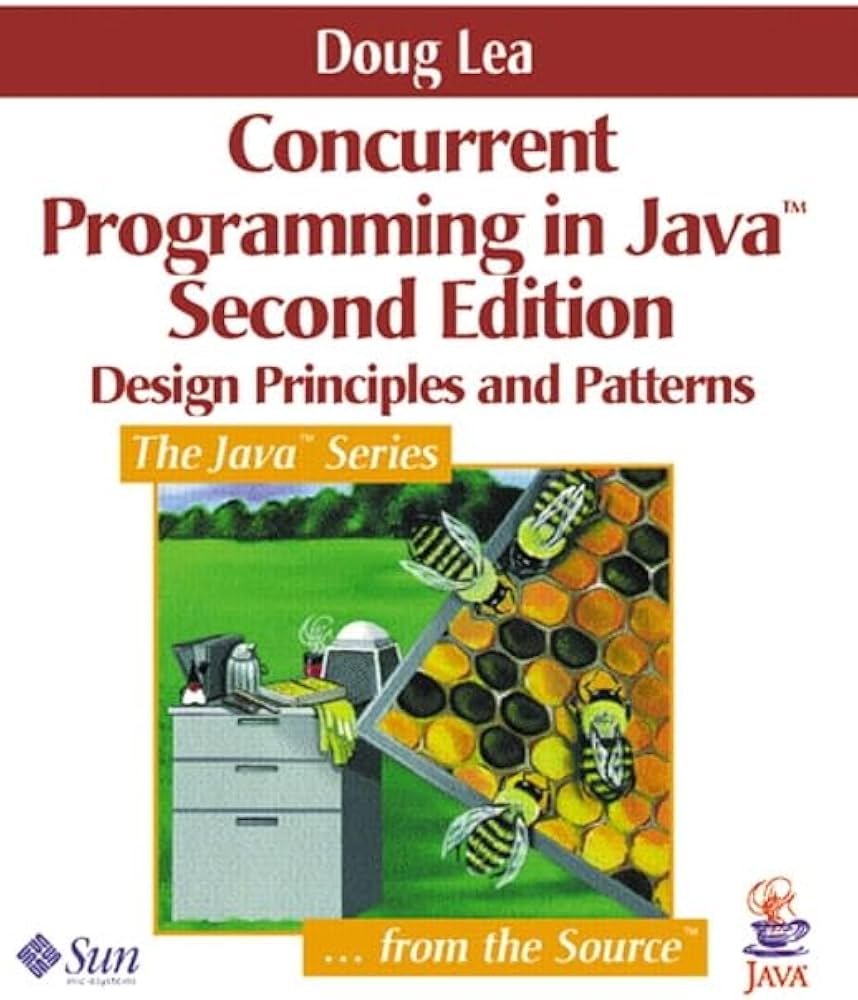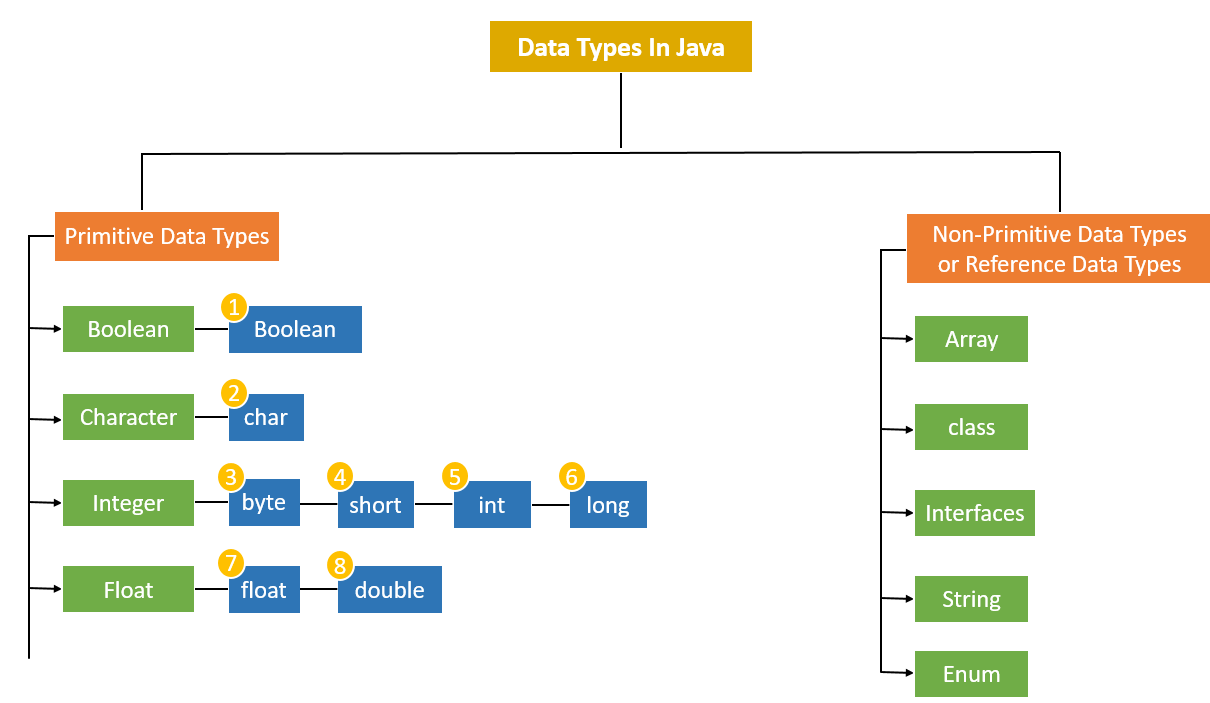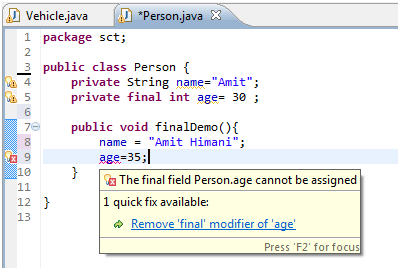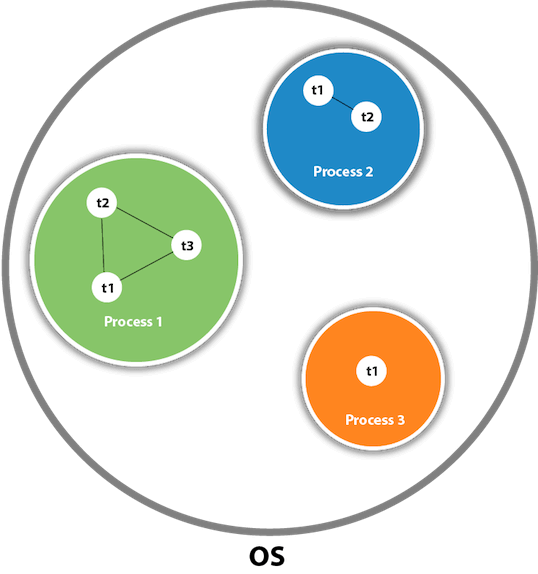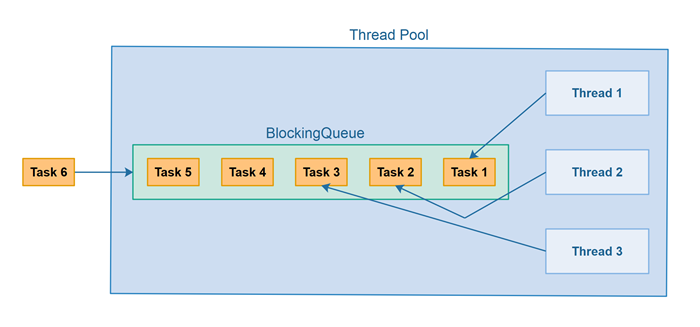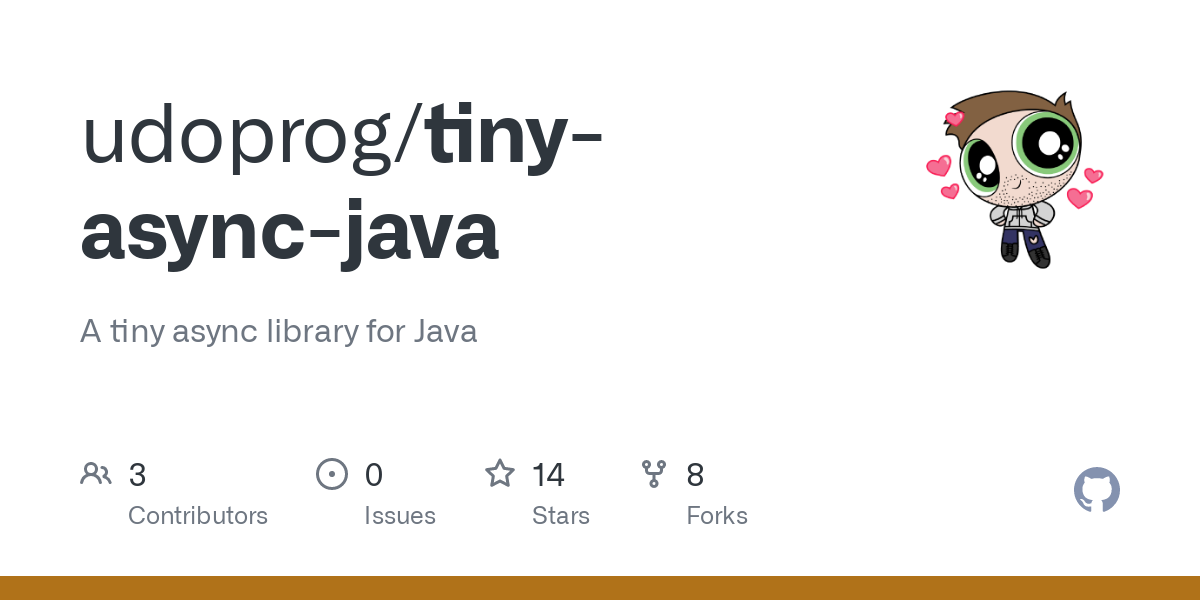Java collections framework tutorial
Java collections framework tutorial
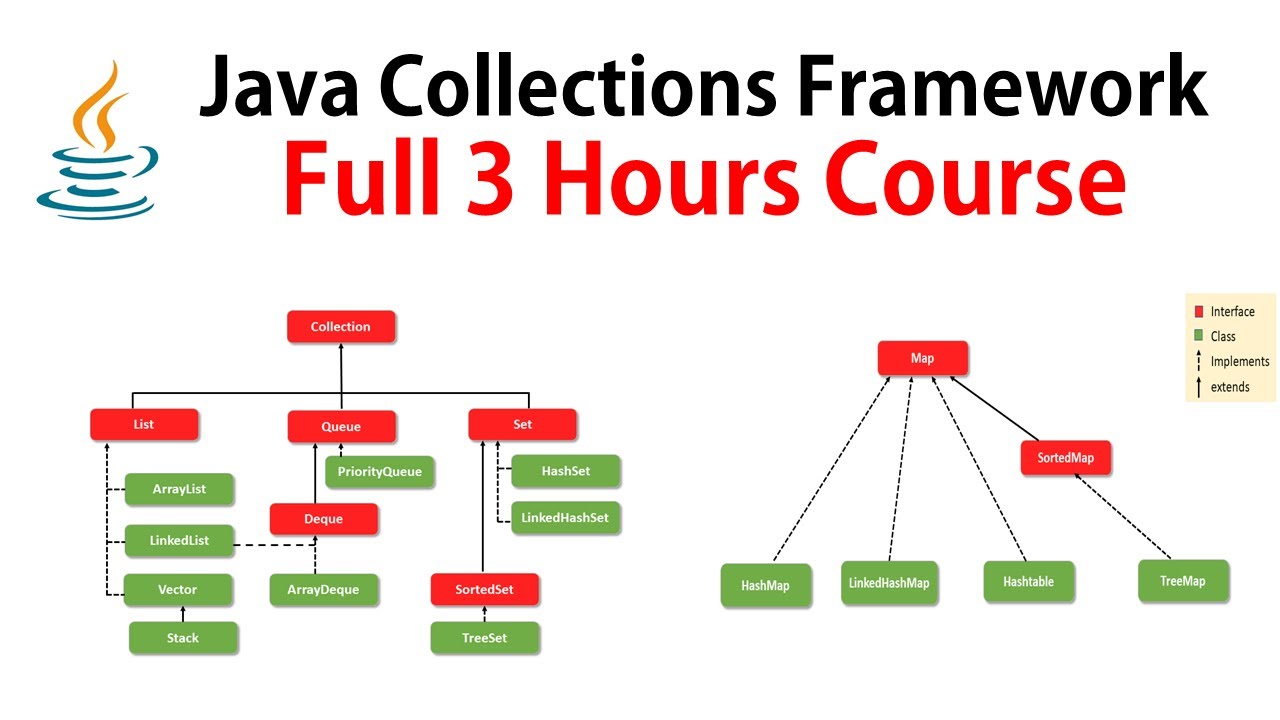
Here's a comprehensive Java Collections Framework (JCF) tutorial:
The Java Collections Framework (JCF) is a set of APIs that provide implementation classes for common data structures, such as lists, sets, and maps. The JCF was introduced in Java 2 Platform Standard Edition (J2SE) 5.0 and has become an essential part of the Java programming language.
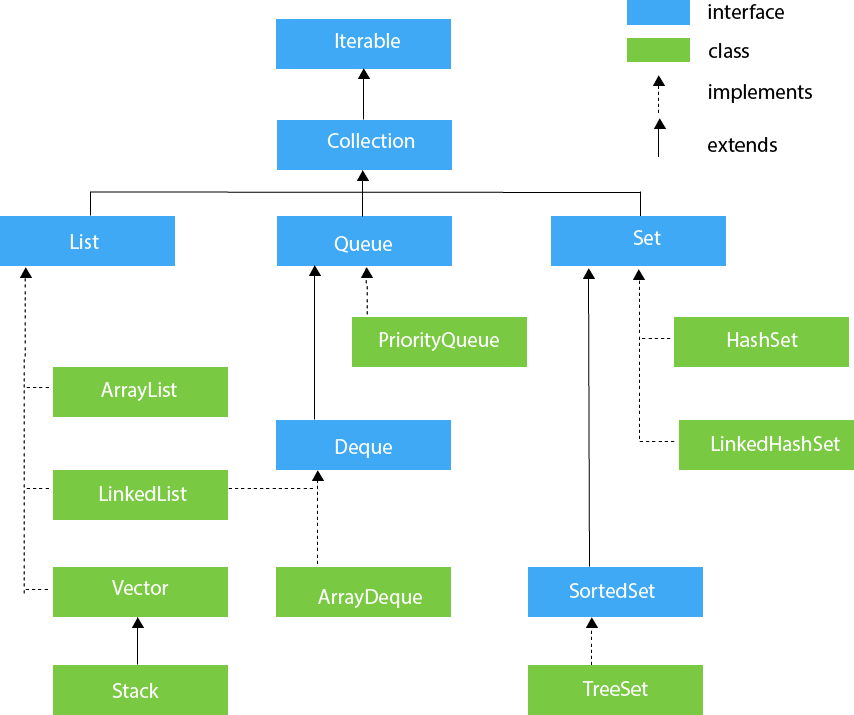
Key Components
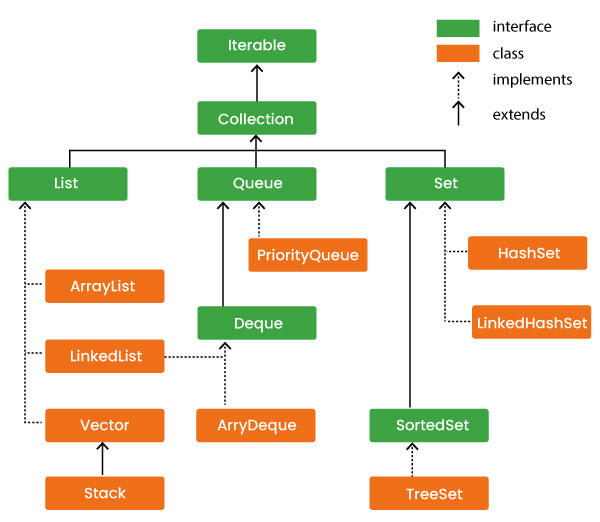
The JCF consists of several key components:
Collection Interface: This is the top-level interface that defines a set of common operations, including adding, removing, and testing for the presence of elements.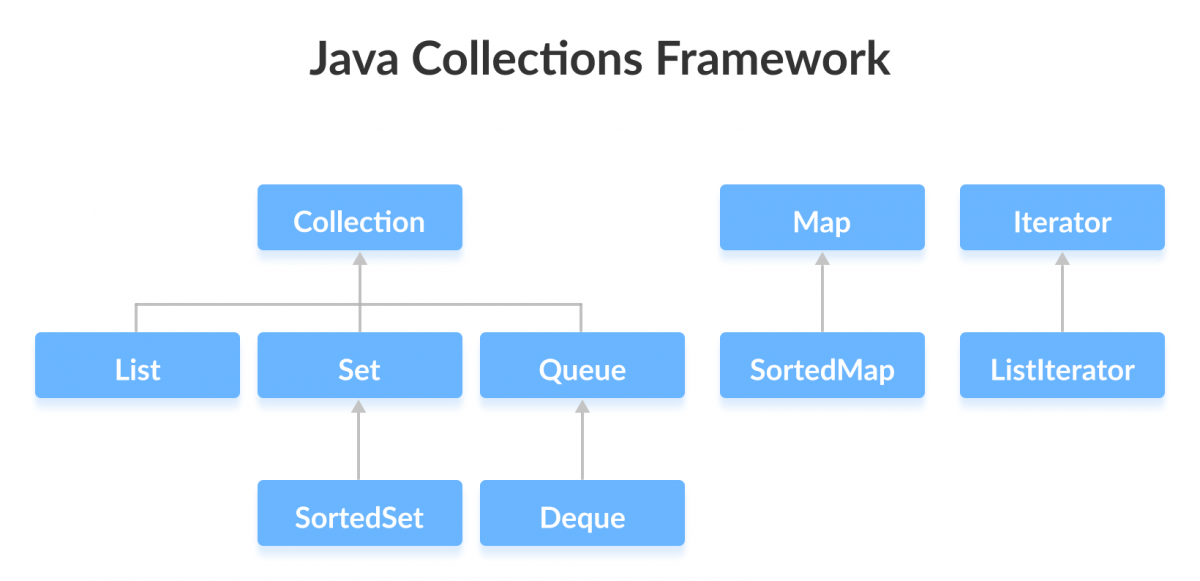
Implementation Classes
The JCF includes several implementation classes that provide concrete implementations of the above interfaces:
ArrayList: A resizable-array implementation of the List interface. LinkedList: A linked-list implementation of the List interface. HashSet: A hash-based implementation of the Set interface. TreeSet: A tree-based implementation of the Set interface that provides ordered sets. HashMap: A hash-based implementation of the Map interface. LinkedHashMap: A linked-list implementation of the Map interface that preserves insertion order. PriorityQueue: A priority queue implementation of the Queue interface.Key Methods
Some key methods in the JCF include:
add(): Adds an element to a collection or map. remove(): Removes an element from a collection or map. contains(): Tests whether a collection or map contains a specific element or value. size(): Returns the size of a collection or map. isEmpty(): Tests whether a collection or map is empty.Best Practices
When working with the JCF, keep the following best practices in mind:
Use generics: Use generics to specify the type of elements in your collections and maps. Avoid raw types: Avoid using raw types (e.g.,List instead of List<String>) as they can lead to class cast exceptions at runtime. Choose the right implementation: Choose an implementation that best fits your needs, based on factors such as performance, memory usage, and ordering requirements.
Real-World Scenarios
The JCF has many real-world scenarios where it can be applied:
Shopping cart: Implementing a shopping cart using aHashSet to store unique products. User authentication: Using a HashMap to store user credentials for authentication purposes. Data processing: Processing large datasets using PriorityQueue and other JCF classes.
In this tutorial, we have covered the basics of the Java Collections Framework (JCF), including key components, implementation classes, and best practices. With the JCF, you can write efficient, scalable code that takes advantage of the rich set of data structures available in the Java language.
collection hierarchy in java
Collection Hierarchy in Java
Java provides a comprehensive set of collection classes that enable developers to efficiently manage and manipulate data structures. The collection hierarchy is organized into four primary categories: sets, lists, queues, and maps. Each category has its own sub-categories, providing a robust framework for storing and processing data.
Sets (Interfaces: Set, SortedSet, NavigableSet, SortedNavigableSet)
A set represents an unordered collection of unique elements. In Java, the Set interface provides methods for adding, removing, and testing set membership. The SortedSet and NavigableSet interfaces extend Set, providing additional methods for iterating over sets in a specific order.
HashSet: A hash-based implementation of Set. LinkedHashSet: A linked-list based implementation of Set.
Lists (Interface: List, Classes: ArrayList, LinkedList, Vector)
A list represents an ordered collection of elements. The List interface provides methods for adding, removing, and accessing elements at specific positions.
ArrayList: A resizable array-based implementation of List. LinkedList: A doubly-linked-list based implementation of List. Vector: An older, synchronized version of ArrayList.
Queues (Interface: Queue, Classes: LinkedList, ArrayDeque)
A queue represents a first-in-first-out (FIFO) ordered collection of elements.
LinkedList: Can be used as an implementation of Queue. ArrayDeque: A double-ended-queue based implementation of Queue.
Maps (Interfaces: Map, SortedMap, NavigableMap, SortedNavigableMap)
A map represents an unordered collection of key-value pairs. The Map interface provides methods for adding, removing, and testing map membership.
HashMap: A hash-based implementation of Map. LinkedHashMap: A linked-list based implementation of Map.
Additional Classes
HashSet, LinkedHashSet, ArrayList, and LinkedList implement the Collection interface, which provides methods for iterating over the collection. ArrayDeque implements the Deque interface, providing methods for adding and removing elements from both ends.
In conclusion, Java's collection hierarchy provides a wide range of classes that cater to different use cases. Developers can choose the most suitable data structure based on their specific needs, ensuring efficient storage and processing of data.
